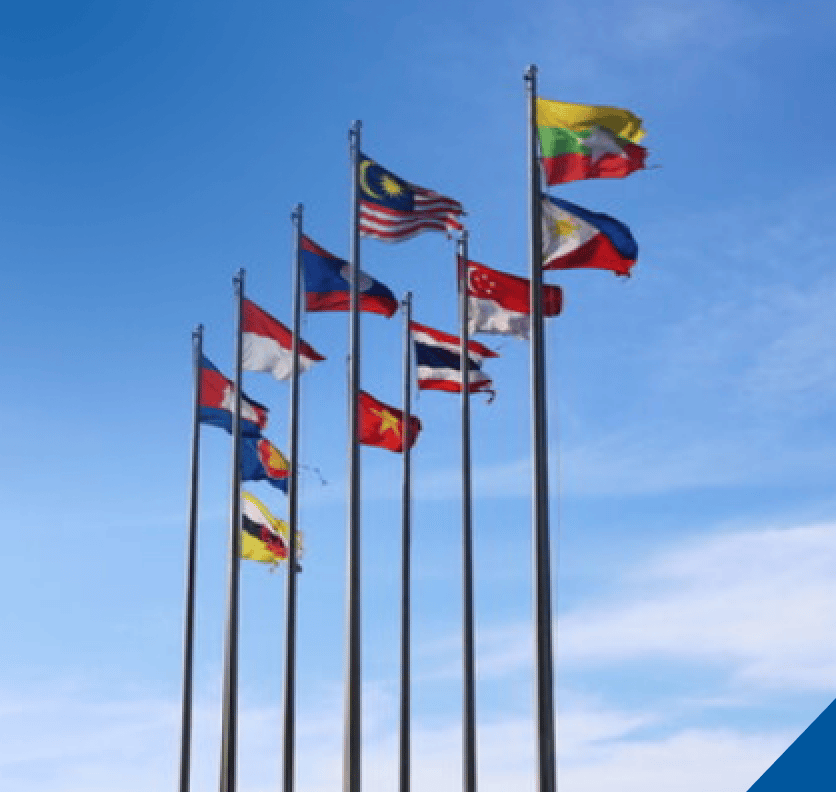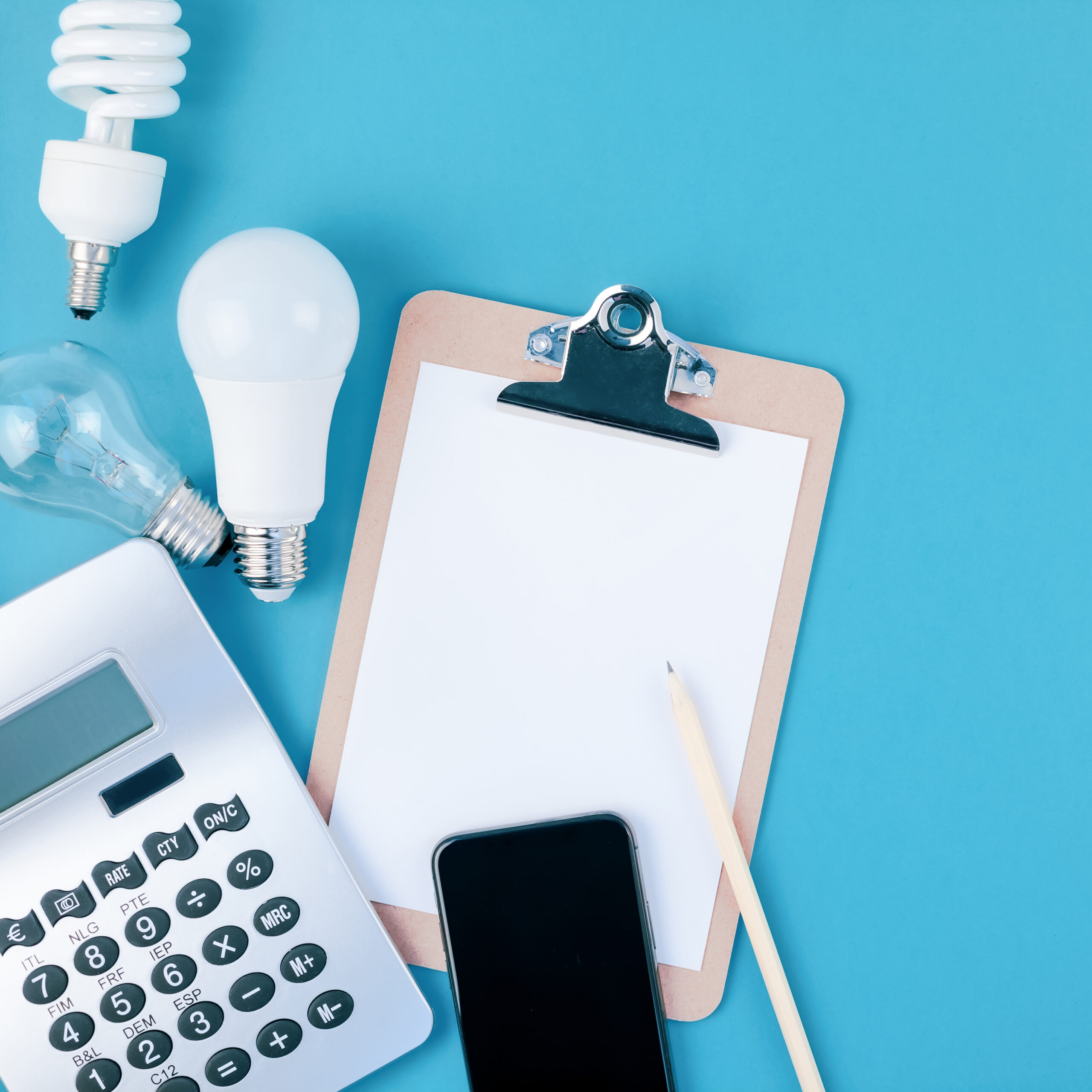[vc_row][vc_column][vc_single_image image=”7446″ img_size=”full” el_class=”banner-event”][/vc_column][/vc_row][vc_row css=”.vc_custom_1565542682041{margin-right: 0px !important;margin-left: 0px !important;}”][vc_column css=”.vc_custom_1565542696462{padding-right: 0px !important;padding-left: 0px !important;}”][/vc_column][/vc_row][vc_row css=”.vc_custom_1565542751414{margin-right: 0px !important;margin-left: 0px !important;}”][vc_column width=”1/4″][/vc_column][vc_column width=”1/2″ css=”.vc_custom_1565622195563{padding-bottom: 50px !important;}”][vc_column_text el_class=”title-event”][post_title][/vc_column_text][vc_column_text el_class=”date-venue-news”]Jakarta, 02 September 2020[/vc_column_text][vc_column_text el_class=”text-par-news”]The unforeseen impacts of the COVID-19 pandemic led the policymakers in the ASEAN Member States (AMS) to provide electricity tariff relief. This Policy Brief examines the various economic assistance packages devised by the ASEAN governments to support their electricity consumers. Some AMS are offering support to the affected community groups, largely low-to-middle income consumers and healthcare providers, in the form of full, discounted, or deferred electricity bill payments. For example, the Singapore government is providing a rebate to the utilities bill in two programmes for Solidarity Utilities Credit (SUC) and Utilities-Save (U-Save) households, in April 2020, the Energy Ministry of Thailand approved 3 per cent electricity tariff reductions to 24 million customers, Lao PDR is subsidising 50 per cent of its tariff card for the household, agriculture and irrigation sector customers that had consumption below 150 kWh per month, and Indonesia is offering subsidies to low-income households, in both post-paid and pre-paid arrangements. The various types and durations of the relief offered, and the targeted costumers in each AMS are summarised our latest Policy Brief here.
Based on the taken actions, possible recommendations can be made into some possible way-forward, such as; extend the period of support or relief, especially to low-income consumers who are regarded as the most vulnerable, expand stimuli to other sectors which may have a direct effect on reviving household purchasing power, and simultaneously GDP growth, or even consider electricity tariff rebates and deferred payments for small business customers. Such recommendations must be exploited under precautious scheme in order to the mitigation could give the benefit to the most impacted under current situation.[/vc_column_text][vc_column_text el_class=”photo-caption-news”][/vc_column_text][vc_press_release title=”Full Statement” url=”https://aseanenergy.sharepoint.com/PublicationLibrary/Forms/AllItems.aspx?id=%2FPublicationLibrary%2F2020%2FPress%20Release%2FEconomic%20Assistance%20to%20Electricity%2Epdf&parent=%2FPublicationLibrary%2F2020%2FPress%20Release&p=true&originalPath=aHR0cHM6Ly9hc2VhbmVuZXJneS5zaGFyZXBvaW50LmNvbS86YjovZy9FZWlkUmVqUlR0UkhtbDg5elVHeWFKTUJ0cEt1aWRDN3NGS01JSFpfbWp5VmpBP3J0aW1lPWxWMlZHLXRhMkVn”][/vc_column][vc_column width=”1/4″][/vc_column][/vc_row]










